The data center design process involves several key steps to ensure efficient, reliable, and scalable infrastructure. Below is an overview of the typical steps involved:
1. Define Business and Technical Requirements
Assess the organization's current and future needs, including compute, storage, network, and security.
Identify the types of workloads the data center will support (e.g., cloud, IoT, AI).
Determine the budget, compliance standards, and environmental considerations.
2. Site Selection and Planning
Choose an optimal location considering factors like energy costs, climate, connectivity, and security.
Evaluate power availability, fiber optic network access, and proximity to end-users.
Consider disaster recovery planning and redundancy requirements.
3. Conceptual Design
Develop a high-level layout, including server rooms, cooling systems, electrical systems, and rack placements.
Define Tier-level certification needs (e.g., Tier I to IV) based on uptime and redundancy.
Incorporate energy efficiency standards like LEED and PUE (Power Usage Effectiveness).
4. Detailed Design and Engineering
Design critical systems such as power distribution (UPS, generators), cooling (CRAC, liquid cooling), and structured cabling.
Plan for network topology, including switches, routers, firewalls, and load balancers.
Integrate monitoring and management systems for real-time insights.
5. Procurement and Vendor Selection
Select hardware, software, and services providers for servers, storage, network devices, and backup systems.
Choose contractors for construction, electrical, and cooling installations.
Ensure all components meet compatibility and scalability standards.
6. Construction and Deployment
Build the facility, install electrical and cooling systems, and deploy network and server racks.
Perform cabling and connectivity configurations according to the design plan.
Implement physical security measures like access control and surveillance.
7. Testing and Validation
Conduct load testing on power and cooling systems to ensure resilience under peak conditions.
Test network performance, redundancy, and failover mechanisms.
Validate compliance with industry standards and regulatory requirements.
8. Operations and Maintenance Planning
Develop operational procedures for monitoring, maintenance, and upgrades.
Implement software tools for DCIM (Data Center Infrastructure Management).
Train staff on operational protocols and disaster recovery plans.
9. Commissioning and Go-Live
Finalize testing and obtain necessary certifications.
Transition applications and workloads to the data center.
Monitor performance post-deployment to ensure all systems function as expected.
10. Continuous Optimization
Regularly assess performance and capacity for improvements.
Adopt new technologies like edge computing or AI-driven optimization.
Schedule periodic upgrades and lifecycle management for hardware and software.
By following these steps, organizations can build a data center that aligns with their strategic goals while ensuring reliability, scalability, and energy efficiency.
 Data Center Switch
Data Center Switch  Enterprise Switch
Enterprise Switch  Industrial Switch
Industrial Switch  Access Switch
Access Switch  Integrated Network
Integrated Network  Optical Module & Cable
Optical Module & Cable 




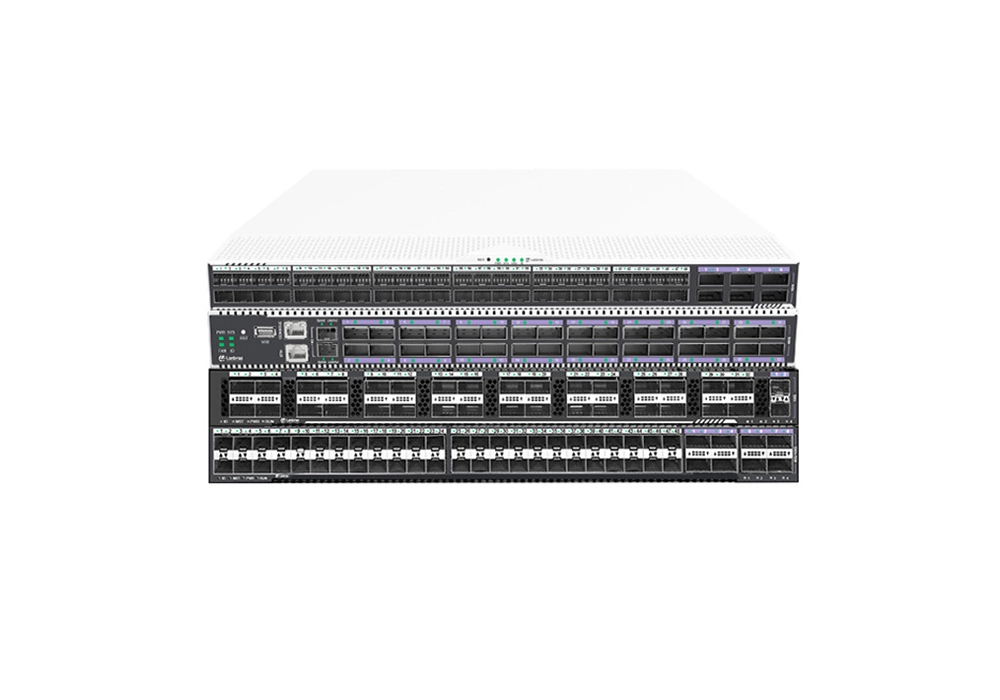
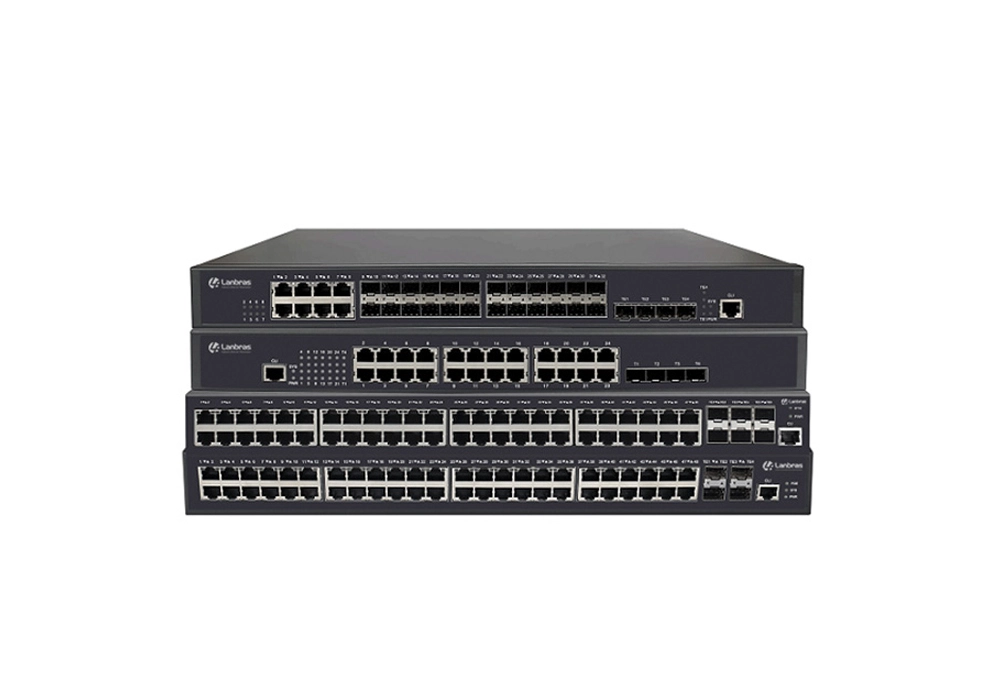
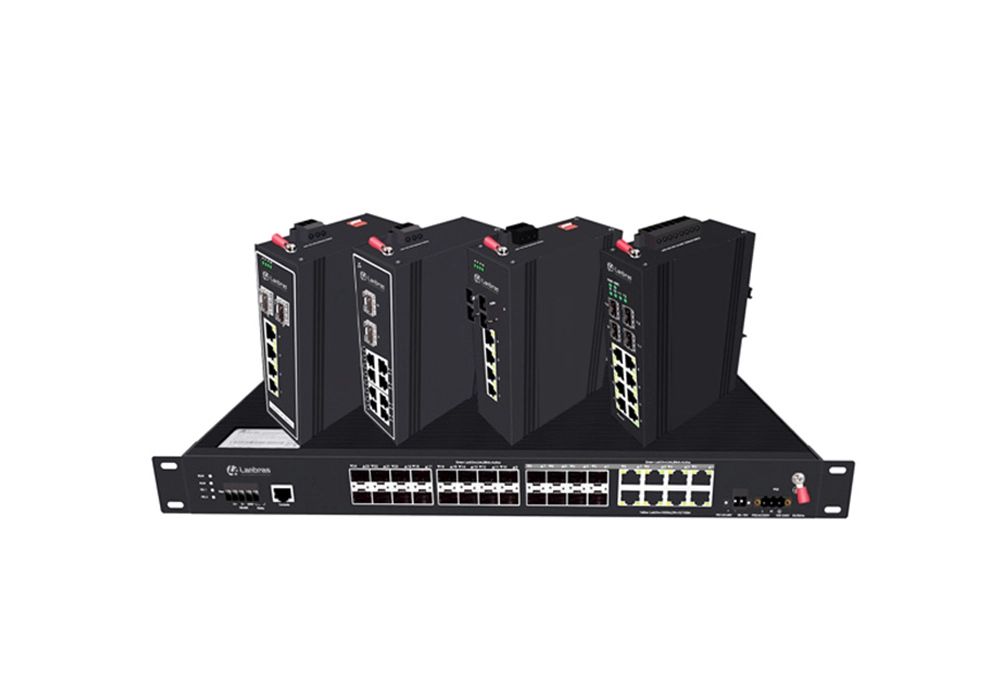
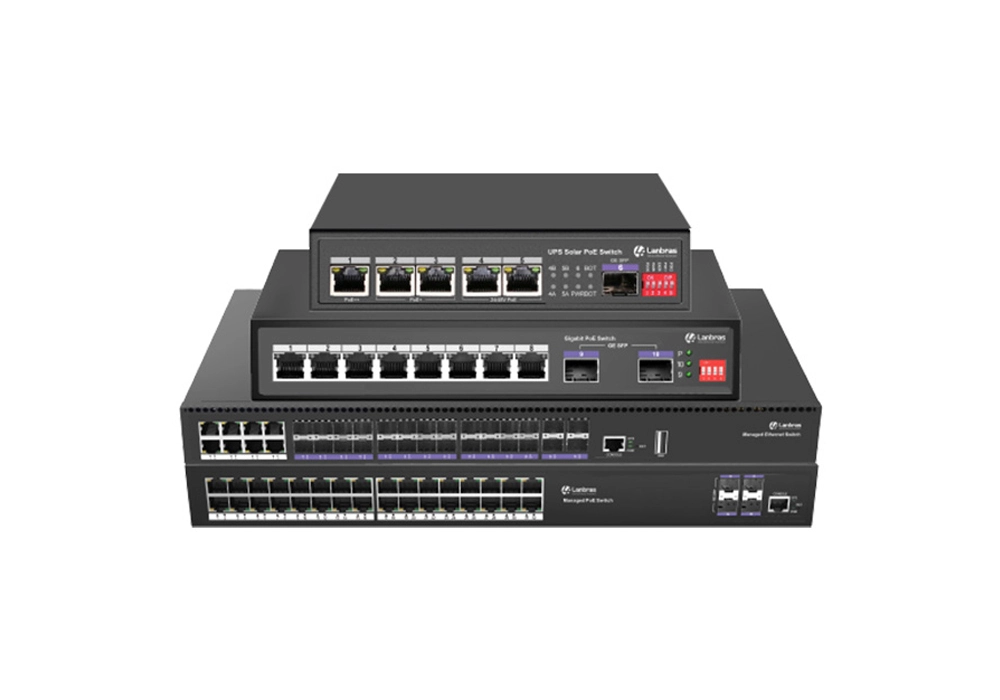
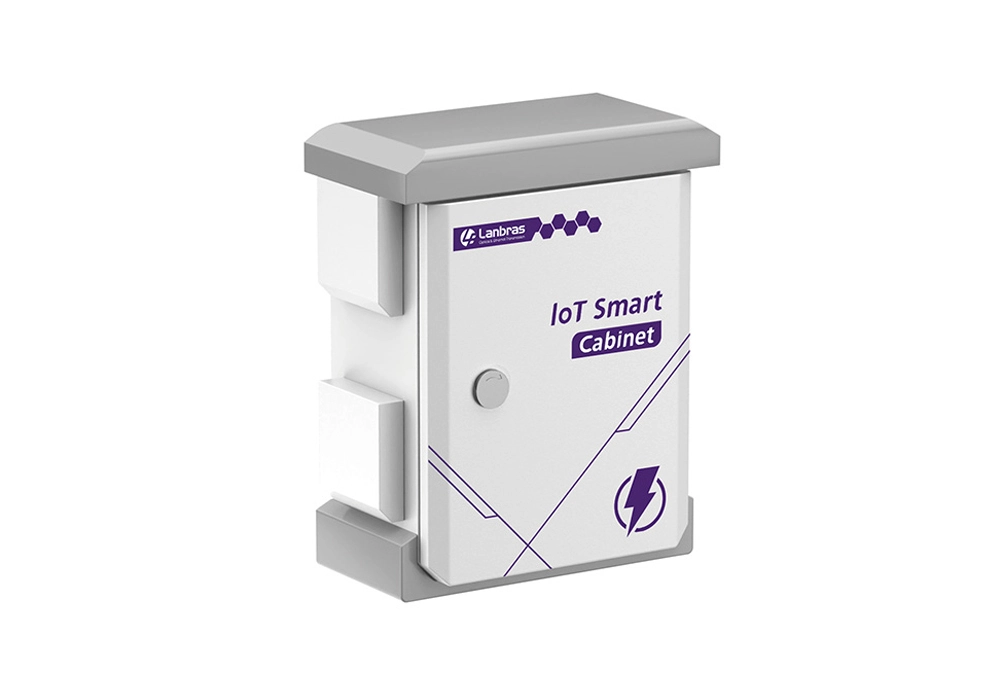





 Call us on:
Call us on:  Email Us:
Email Us:  Room 2106, 3D Building, Tianan Yungu Industrial Park, Xuegang Road No.2018, Bantian, Longgang, Shenzhen, P.R.C.
Room 2106, 3D Building, Tianan Yungu Industrial Park, Xuegang Road No.2018, Bantian, Longgang, Shenzhen, P.R.C.